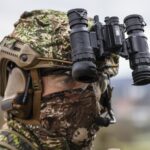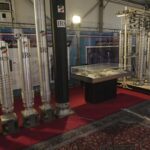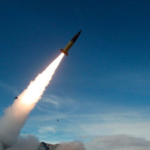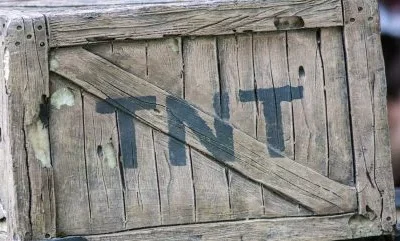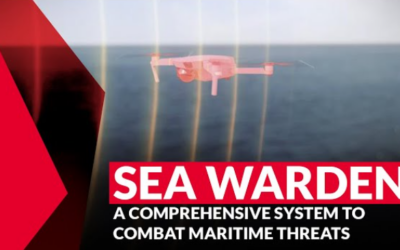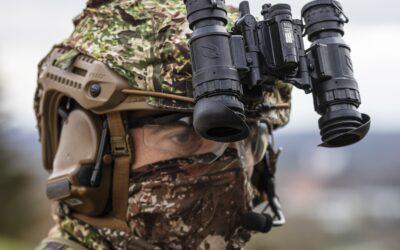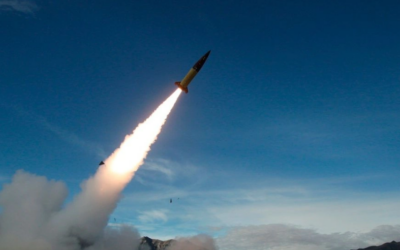As part of its quest to boost weapons production, the US Army is reestablishing TNT production on US soil, inking a deal to build out a…
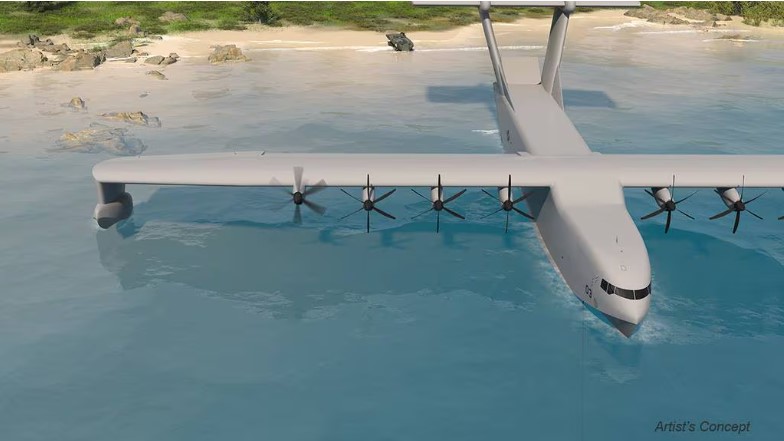
Aurora Flight Sciences will continue designing an experimental transport heavy cargo seaplane for the US military.
The Defence Advanced Research Projects Agency (DARPA) in February 2023 selected Aurora and General Atomics for the program, officially called the Liberty Lifter Seaplane Wing-in-Ground Effect.
However, DARPA ultimately chose not to proceed with General Atomics’ dual-hull design.
Also read: Sikorsky and DARPA test Black Hawk in autonomous flight – VIDEO
The Pentagon announced Thursday that Aurora, a subsidiary of Boeing, has received an $8.3 million contract modification to keep working on its seaplane design.
DARPA originally envisioned Liberty Lifter as having about the same size and capacity of a C-17 Globemaster transport aircraft, but has since scaled back the demonstrator program to about the size of a C-130 Hercules. But DARPA’s budget documents for fiscal 2025 show that a future Liberty Lifter aircraft could be built to roughly a C-17′s scale once there’s proof the concept works.
Liberty Lifter is also intended to be able to take off and land in sea state 4, or weather conditions that produce waves of up to about 8 feet, and could sustain operations even in sea state 5, or waves of up to 13 feet.
General Atomics proposed a version of Liberty Lifter with an unorthodox twin-hull design, which was intended to make the aircraft more stable on water. Concept art of General Atomics’ design showed the plane’s noses would have been lifted up to deploy cargo and allowed vehicles to directly roll onto the shore.
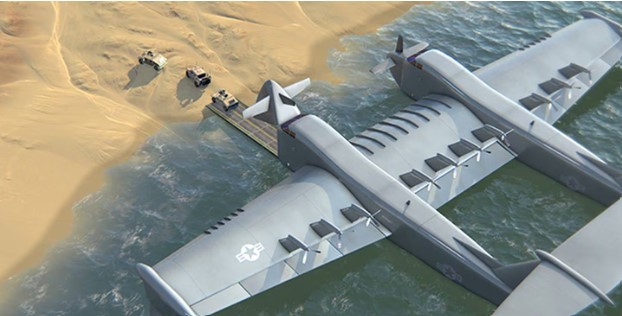
On the contrary, Aurora’s design was closer to a traditional seaplane with a single hull and high wings that angled down at the ends. In January, Aurora released an image of its updated design, which had moved the aircraft’s floats to its wingtips and changed its tail design. Aurora said the new tail, which would be shaped like the symbol for pi, would better accommodate the plane’s aft cargo door.
Aurora Flight Sciences is working on the aircraft with ReconCraft, a shipyard based in Oregon that has expertise with maritime manufacturing, and Leidos subsidiary Gibbs and Cox, a naval architecture and marine engineering company.
Aurora will now continue to design its Liberty Lifter and reduce its risk, as it gets ready for a preliminary design review in early 2025, according to DARPA.
If the design review is successful, DARPA noted Aurora will continue refining the design and then build its Liberty Lifter. After that point, DARPA said, Aurora will float, fly and then demonstrate Liberty Lifter’s capabilities, with its first flight intended to occur in late 2027 or early 2028.
Also read: Philippines | Announces acquisition of three C-130J-30 Super Hercules aircraft
READ MORE
Ticonderoga | The US Navy is extending the operational life of three cruisers
The US Navy has announced that it is extending the operational life of three Ticonderoga-class cruisers. The decision will…
Sea Warden | MBDA’s system to counter unmanned threats at EURONAVAL 2024
At the EURONAVALl 2024 exhibition, MBDA presented Sea Warden, a modular anti-drone system adapted to the naval environment that integrates…
THEON International | New orders amounting to €74 million having already exceeded €150 million in the 4th trimester
THEON INTERNATIONAL PLC (THEON) announced additional orders for the month of November. As a result of the…
UN | Iran has increased uranium enrichment to near weapons-grade levels
Iran has further increased its stockpile of uranium enriched to near weapons-grade levels, defying international pressure, according to…
Brazil | Arrests of military and police officers for plotting the assassination of President Lula
Brazilian police have arrested five officers accused of plotting a coup which included plans to overthrow the government following the…
Sweden | Leaflets with survival instructions in the midst of the Ukrainian crisis
Sweden started sending out five million leaflets to the country’s residents yesterday, urging them to prepare for a possible conflict…
Ukraine | The first ATACMS strike on Russian soil took place
The Ukrainian armed forces carried out their first strike on a border area within Russian territory with an ATACMS missile.
Finland | The first major NATO artillery exercise on its territory
The exercise is taking place in northern Lapland and is part of wider artillery exercises, which have been dubbed ‘Dynamic Front 25…









